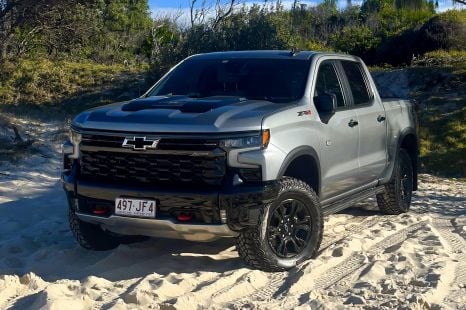

William Stopford
2025 Chevrolet Silverado ZR2 review
1 Month Ago

Senior Journalist
The rapid growth of Chinese car brands in Australia is just getting started, with a swathe of new challengers setting their sights on our shores.
JAC is the newest arrival, and will start selling its sub-$50,000 T9 ute next month, but the company’s worldwide boss believes there are plenty more to follow.
Quizzed by CarExpert in Sydney about the potential for Chinese automotive expansion down under, and predictions of as many as 50 individual brands here, Xiang Xingchu was bullish.
“We believe Chinese brands will achieve a great future in this market,” said Mr Xingchu, the global chairman of JAC Group.

“We are able to deeply understand the differentiated needs of the users around the world. We will increase our investment in the Australian market in terms of product, R&D, branding, services, finance, etc so as to provide consumers with more valuable mobility solutions.”
JAC – pronounced ‘Jack’ – joins fellow Chinese brands MG, Chery, LDV, and GWM, and has plans to quickly expand its model line-up beyond the T9 despite a new-car market crowded with more than 60 brands competing for around 1.1 million sales each year.
“We’ve got 60-plus brands in Australia but the fastest growing segments are SUVs and utes. That is what JAC is focussed on,” the deputy managing director of JAC Motors Australia, Danny Lenartic, told CarExpert.
He believes the rapid sales growth by Chinese brands is a reflection of their growing acceptance in Australia.
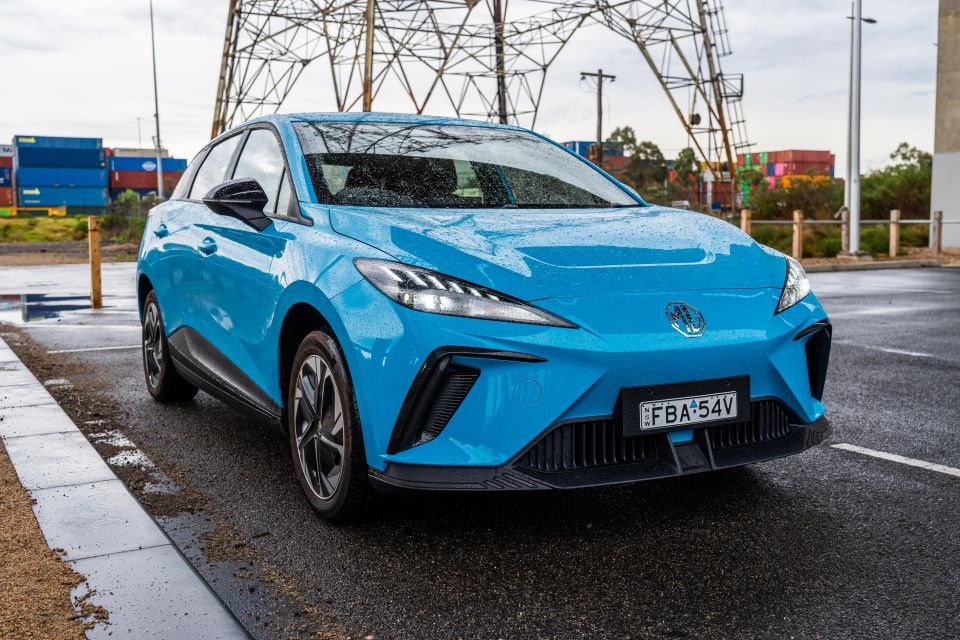


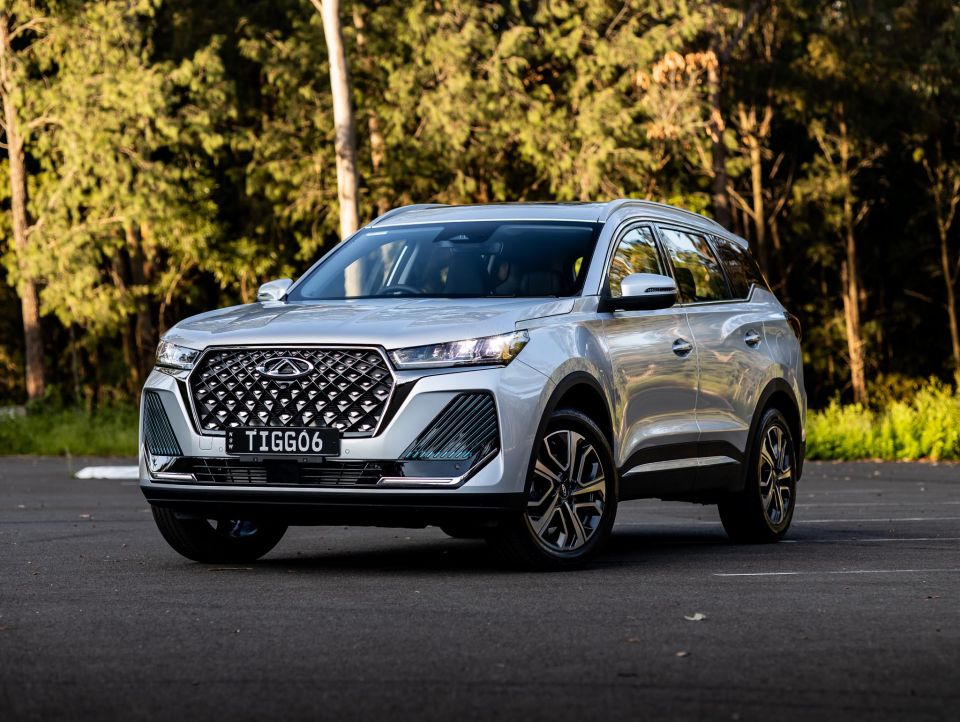
“They have found a lot of homes. It’s all about value. People have a number in their mind to spend, and then they look at the features and benefits. And then they make an educated decision,” he said.
“For many Australian homes the decision has been a Chinese brand. I think country of origin is slowly becoming less of a concern.”
Mr Lenartic has become an expert on Chinese start-ups after playing a pivotal role in the early days of MG in Australia, and believes his personal history is a major positive for JAC Motors Australia.
“I think it builds trust,” he said. “There is a softening in attitude. All the Chinese brands are producing quality products at great value for money.
“I’ve come from a passenger car background, and haven’t drive a lot of utes, but I now know what I was missing. There is a sense of freedom.”
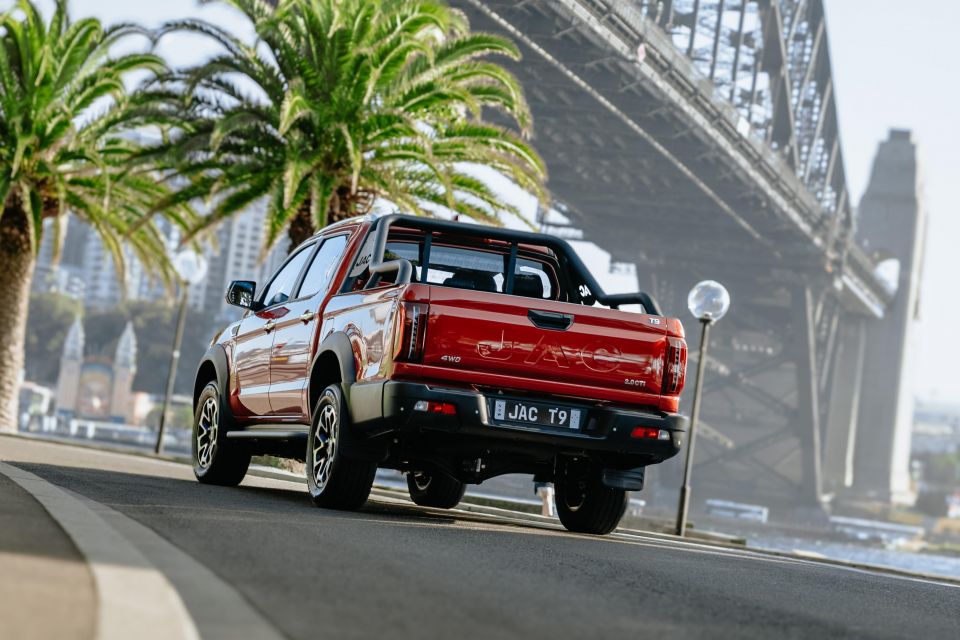
With Mr Xingchu forecasting 10,000 sales in JAC’s first year in Australia, and setting a longer-term goal of more than 50,000 sales, Mr Lenartic highlights the work involved in launching a Chinese start-up.
“Focusing on one ute, and one model at a time makes a lot of commercial sense. Part of the commitment to launch the brand in Australia is to make sure we have a solid local R&D program,” Lenartic said.
“It’s in the safety and technology, and intelligence. Safety is hardware and software. Safety is not just crash testing.”
“Getting the product to meet Australian Design Rules and ANCAP safety is extremely demanding and the investment is huge. So they have to get it right.”
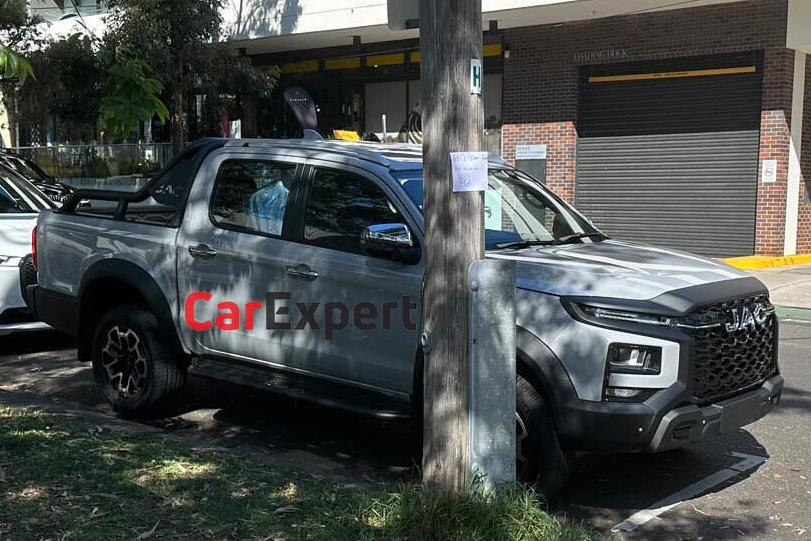
Mr Lenartic said JAC has been doing extensive field work in Australia since the middle of last year.
“I asked for local tuning. All I can see today is us getting closer to that goal.
“At the moment we have cars on the road going through durability testing, ADAS (Automatic Driver Assistance Systems) calibration and the rest. That’s part of the commitment.
“The testing has been happening for at least seven months. And it will continue. They understand that Australian roads are quite unique.
Looking ahead, Mr Lenartic said JAC Motors Australia was forging close ties to the Chinese head office to ensure a smooth and extensive model roll-out in coming years.

“We are already putting our wish lists in to China,” he said.
“That’s the beauty of this collaboration. They are actually working with us to a forward plan to see what a good product looks like for Australia.
“It’s a lot different to the way other brands have behaved. They are being considered as a right-hand drive vehicle from day one. That’s a huge difference.
“There are no compromises. The quality is there.”
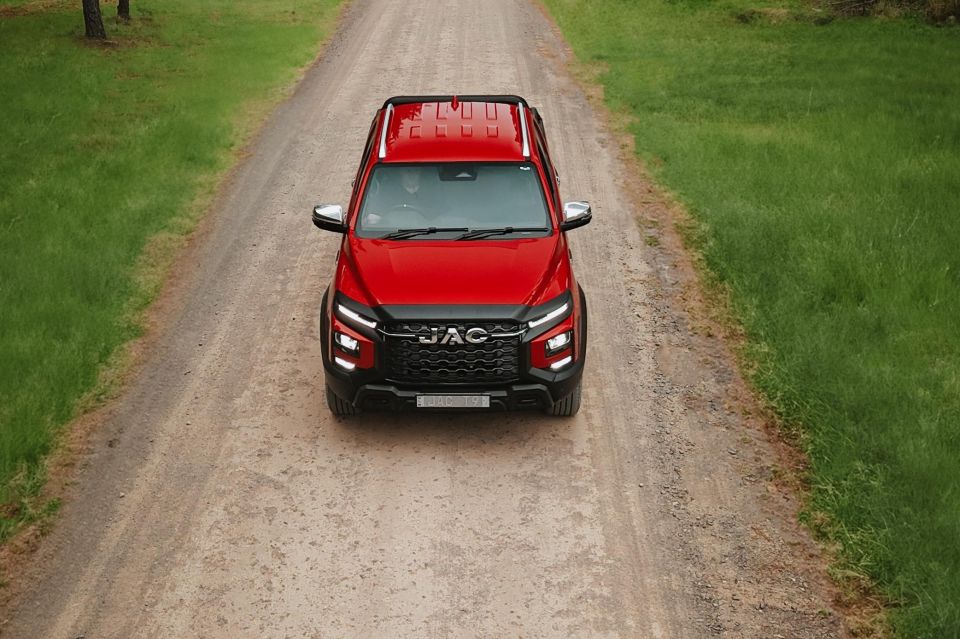
The other short-term hurdle for JAC is the upcoming New Vehicle Efficiency Standard, which could impact JAC in the same way as other makes with a CO2 output beyond the expected government target of 200 grams/kilometres.
Based on the launch material for the T9 presented in Sydney, the claimed CO2 emissions from its 2.0-litre turbodiesel engine sits at 202 grams/kilometre.
“Fortunately, our numbers are pretty good. I think, with only a few small changes, we might be able to sit under the 200 gram threshold.
“I’m not an engineer, but we might be able to get under the number pretty quickly,” said Mr Lenartic.
MORE: Everything JAC T9
Where expert car reviews meet expert car buying – CarExpert gives you trusted advice, personalised service and real savings on your next new car.
Paul Gover is one of the most experienced and respected motoring journalists in Australia. After more than 40 years on the automotive beat there is nothing he has not done, yet he still brings the enthusiasm of a rookie. He has worked in print, digital, radio, television and for every major publisher in the country. He is also a national motor racing champion and once co-drove with Peter Brock at Bathurst.


William Stopford
1 Month Ago


Paul Maric
25 Days Ago


Max Davies
20 Days Ago


Josh Nevett
12 Days Ago
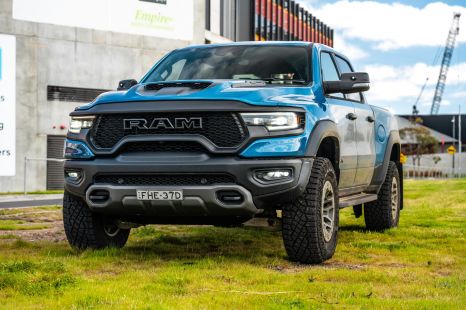

Max Davies
11 Days Ago
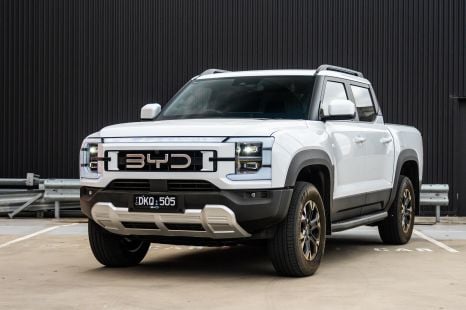

William Stopford
10 Days Ago